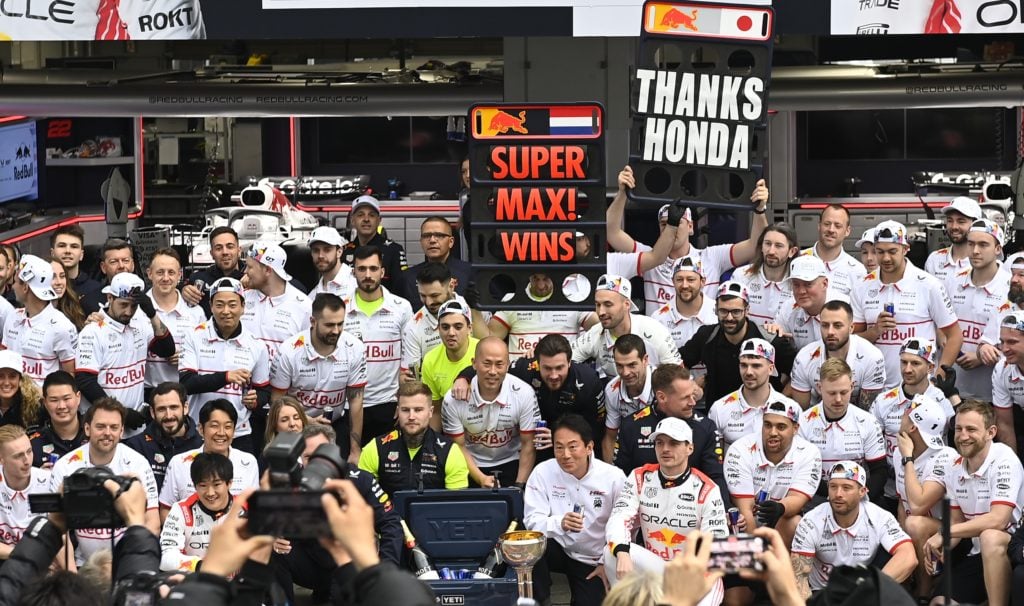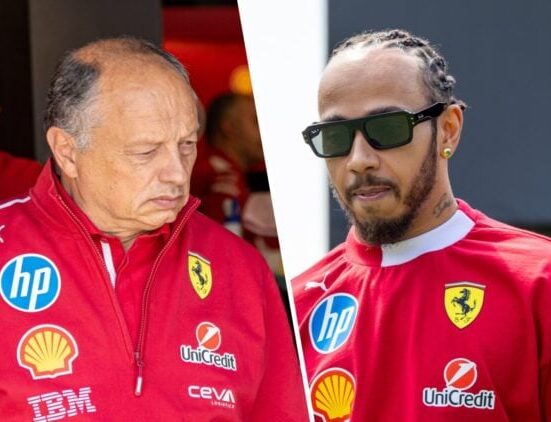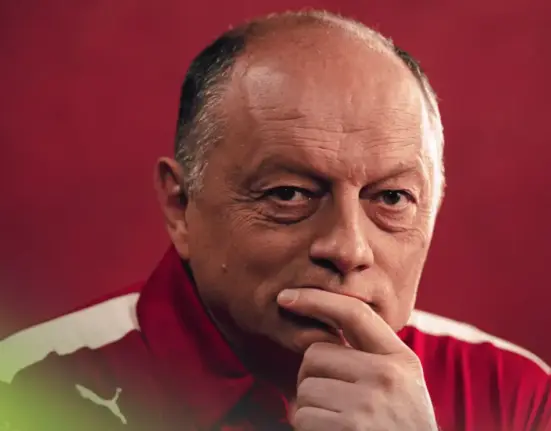Formula 1 is less than a year away from introducing its biggest regulation change in over a decade, yet uncertainty still swirls about the new rules as well as the engine.
The FIA, key F1 stakeholders and engine manufacturers assembled on Friday morning at the Bahrain Grand Prix to debate potential last-minute changes for the power unit rules arriving in 2026. But it was agreed to shelve any ideas of F1 reintroducing V10 engines, at least now.
Completely scrapping the already-agreed regulations for the 2026 F1 season was even open for discussion. Instead, a few amendments were agreed to keep brands like Audi and Honda – who only signed up for the 2026 campaign due to these rules – committed into the future.

Mercedes chief James Allison admits ‘fear’ for bad racing with F1’s 2026 DRS replacement
A new V6 engine formula with a 50/50 split between electrical and combustion power is not the only change coming with F1’s 2026 regulations, though. Formula 1 even intends to scrap the Drag Reduction System (DRS) in favour of using active aerodynamics and push-to-pass.
F1 introduced DRS in 2011 to improve overtaking, yet will run moveable front and rear wings that are designed to reduce drag from 2026 that drivers can also use on any straight instead of a designated zone(s). Also, F1’s 2026 power units will feature an overtake power function.
READ MORE: Everything you need to know about F1’s 2026 engine and chassis regulations
| TEAM | ENGINE |
| Red Bull | Red Bull Powertrains (in partnership with Ford) |
| Ferrari | Ferrari |
| McLaren | Mercedes |
| Mercedes | Mercedes |
| Aston Martin | Honda |
| Racing Bulls | Red Bull Powertrains (in partnership with Ford) |
| Haas | Ferrari |
| Williams | Mercedes |
| Alpine | Mercedes |
| Audi | Audi |
| Cadillac | Ferrari |
The overtake function will offer a chasing driver more power from their MGU-K to attempt a move. But Mercedes technical director James Allison admits he still has some ‘fear’ that the overtake function within F1’s 2026 regulations could lead to poor racing if not designed well.
Allison outlined, via quotes by Motorsport-Total: “The fact that there is no longer DRS will definitely be an interesting change.
“If the replacement becomes something like a ‘push-to-pass’ system, then that can – if it’s done elegantly – lead to good racing. If it’s done clumsily, I fear the opposite. I think it’s honestly a bit early to judge that.”
F1’s 2026 push-to-pass overtake function is no guaranteed upgrade on DRS for overtaking
DRS has regularly been a very Marmite topic in F1 circles since its introduction in 2011, with those who like the overtaking aid and those who loathe it. It can either help improve racing with drivers able to pass their rivals in tricky battles or it can make it far too easy to get past.
Much of the problems, though, stem from track configurations and how they lead onto the straights F1 pick for DRS, as well as the length of the zone. It will be a very different topic in 2026 without DRS in favour of moveable aero and a push-to-pass system usable anywhere.
Like Allison alludes, if F1 and the FIA cannot work ways to manage the push-to-pass system, the overtake function may be overly strong and create even more breeze-by overtakes than DRS. It may also force drivers to re-think how they race given it will be available at all times.










Leave feedback about this